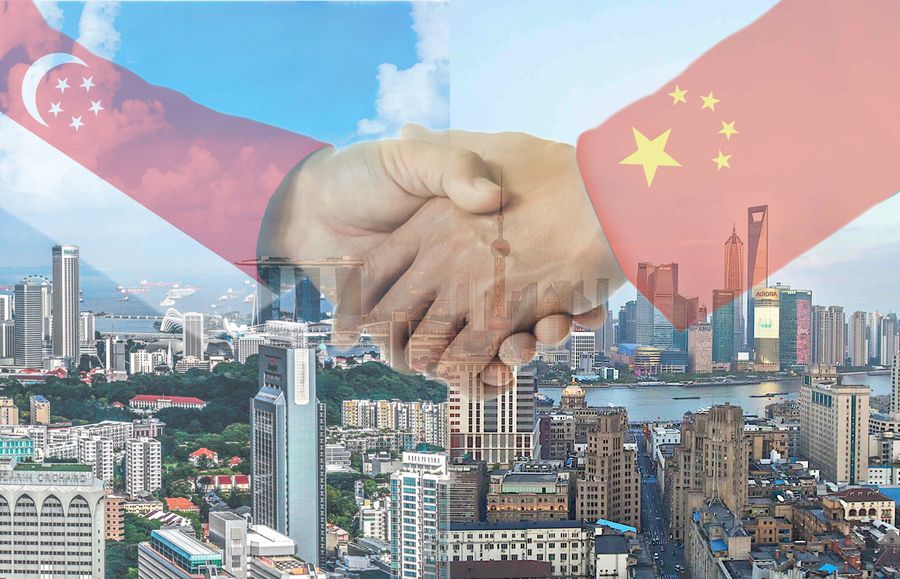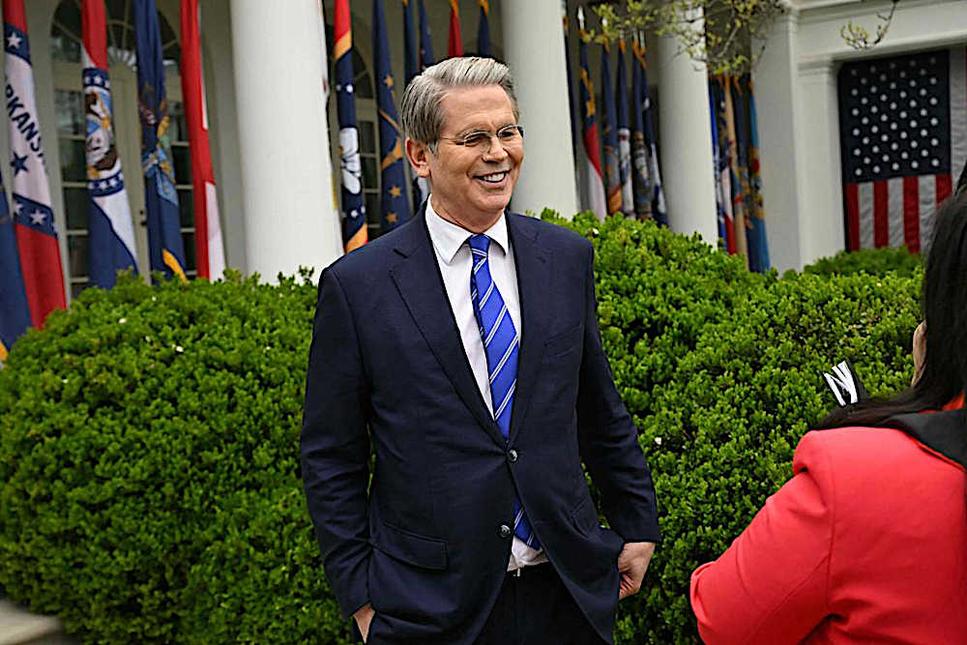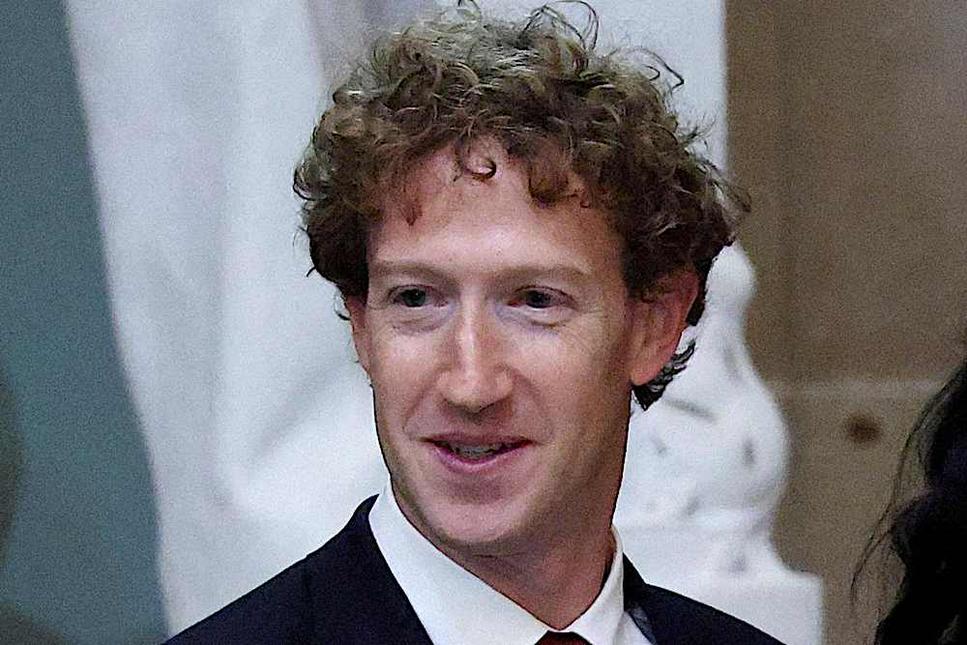Lee Kuan Yew and China’s transformation
https://www.newindianexpress.com/am...an-yew-and-chinas-transformation-2337864.html
Deng Xiaoping visited Singapore in 1978 and was very impressed with its rapid economic growth. With Deng on the ascendant in China, Lee’s role increased manifold
V Suryanarayan
Updated:31st Jul, 2021 at 5:32 AM
Lee Kuan Yew (1923–2015), the architect of modern Singapore, transformed the island republic “From Third World to First” (the title of his memoirs), an achievement unparalleled in modern Asian history. What is less known is the fact that this seminal figure was responsible for the transformation of the People’s Republic of China (PRC). China today has become not only the foremost Asian power, it is rapidly catching up with the US.
Early in his political career, Lee realised that Singapore (a Chinese island in a Malay sea) could not afford to become a “Third China”. The leaders of Indonesia and Malaysia were concerned about Chinese cultural exclusiveness and their stranglehold on the economy. The nationalism had strong streaks of xenophobia, not only against the colonial powers but also against the economically powerful Chinese community. Addressing the Nanyang University in October 1959, Lee underlined: “If Nanyang becomes a symbol of Chinese excellence and the supremacy of Chinese scholarship and learning then verily we will aggravate the position of overseas Chinese.” It was this firm belief that made Singapore dissuade the “boat people” (mainly ethnic Chinese) from coming to its shores.
Adding to the complexity, the revolutionary leadership and militant following of the Malayan Communist Party (MCP) came from the Chinese community. The MCP, which waged an armed struggle for power from 1948 to 1960, received powerful ideological and, to some extent, armed support from the Chinese Communist Party (CCP). The Malay leaders, therefore, were highly suspicious of China’s expansionist designs. This ethnic reality prompted Lee to declare that Singapore would be the last among ASEAN nations to establish diplomatic relations with Beijing, which it did only in 1990.
According to Lee, two major obstacles had to be overcome before normalcy was established in bilateral relations. After the Revolution in 1911, when Dr Sun Yat Sen became the President of Kuomintang China, he proclaimed a new Constitution under which citizenship went with ethnicity and not the place of residence. Thus a Chinese living in Malaya or Singapore became a citizen of China; his loyalty was to China and not to Malaya or Singapore. This policy made Southeast Asian nationalists view ethnic Chinese as Beiing’s “fifth column”. It was only after many years of persuasive diplomacy that China’s leaders revised their thinking. They advocated that the Chinese communities should become citizens of the countries in which they lived and began the universal practice of passports and visas.
The second impediment was the powerful ideological support that the CCP extended to fraternal communist parties. The Voice of Malayan Revolution, The Voice of Thai Revolution and The Voice of Burma Revolution—all underground radios—began to function from Southern China. The PRC, at that time, made a distinction between government-to-government and party-to-party relations. Lee, a staunch anti-communist in domestic politics, was referred to as a “running dog of American and British imperialism”.
Lee was able to convince the Chinese leaders that support to local communist parties was an obstacle if China wanted to expand economic and political relations. In a major initiative, China stopped the support to communist parties. Gradually China became a status quo power. During the Third Indo-China War, China worked together with the US and ASEAN to isolate Vietnam. The PRC has changed to such an extent that it is today the main supporter of many reactionary regimes—the military leadership in Pakistan, the Rajapaksas in Sri Lanka and the military junta in Myanmar.
It is worth narrating an incident that took place during the first goodwill visit of a Singapore delegation in 1967, which is given in S R Nathan’s book,
An Unexpected Journey: Path to Presidency. The bilateral relations were still tentative. The centrepiece of the visit was the meeting of Lee and the Chinese Prime Minister Hua Guofeng. Hua presented Lee with a book, saying: “This is the correct account of the war between China and India. I hope you will find it useful.” Lee took the book, looked at the front cover, looked at the back, and said: “Prime Minister, this is your version of the war. There is another version, the Indian version. And in any case I am from Southeast Asia. It is nothing to do with us”. He handed the book back. Nathan has written, “For me, this was a very important moment, a clear confirmation that Lee Kuan Yew, ethnically Chinese, was his own man, in no way subordinate to China or the Chinese Communists.”










 AdOne Marina Gardens - 937 Units with Panoramic ViewsOne Marina Gardens
AdOne Marina Gardens - 937 Units with Panoramic ViewsOne Marina Gardens Glasner praises Palace's composure when down to nine men in win over Brighton
Glasner praises Palace's composure when down to nine men in win over Brighton AdBloomsbury Residences - 2 to 6BR
AdBloomsbury Residences - 2 to 6BR Wall Street gets rude shock as Treasury Secretary Bessent plays second fiddle on tariffs
Wall Street gets rude shock as Treasury Secretary Bessent plays second fiddle on tariffs AdAurea, formerly the Golden Mile Complex
AdAurea, formerly the Golden Mile Complex Billionaires lose combined $277b in one day from Trump tariffs
Billionaires lose combined $277b in one day from Trump tariffs AdWhat’s my car worth? Online Calculator for Car Resale
AdWhat’s my car worth? Online Calculator for Car Resale